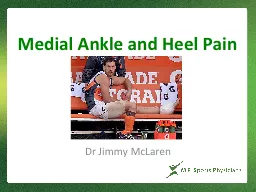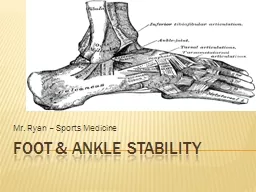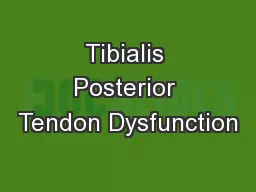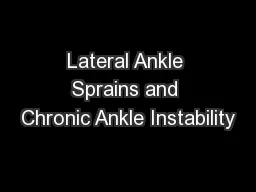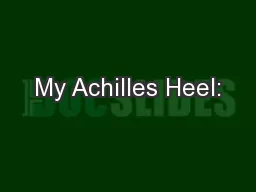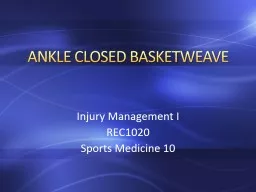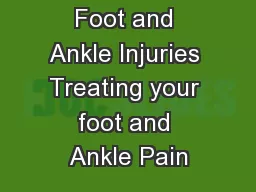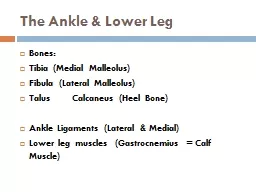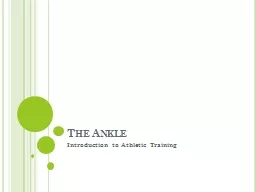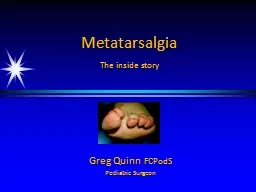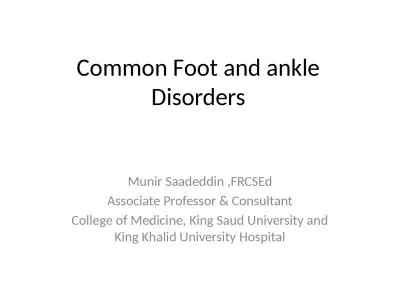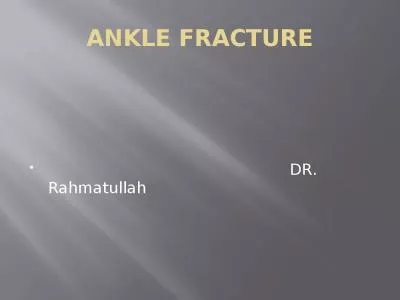PPT-Medial Ankle and Heel Pain
Author : pamella-moone | Published Date : 2017-03-18
Dr Jimmy McLaren Introduction Anatomy amp DDx Hx and Exam Insidious Medial Ankle Medial Ankle Anatomy Bones MM talus calcaneus n avicular Ligaments Deltoid ligament
Presentation Embed Code
Download Presentation
Download Presentation The PPT/PDF document "Medial Ankle and Heel Pain" is the property of its rightful owner. Permission is granted to download and print the materials on this website for personal, non-commercial use only, and to display it on your personal computer provided you do not modify the materials and that you retain all copyright notices contained in the materials. By downloading content from our website, you accept the terms of this agreement.
Medial Ankle and Heel Pain: Transcript
Download Rules Of Document
"Medial Ankle and Heel Pain"The content belongs to its owner. You may download and print it for personal use, without modification, and keep all copyright notices. By downloading, you agree to these terms.
Related Documents

